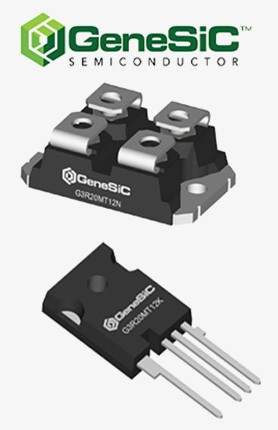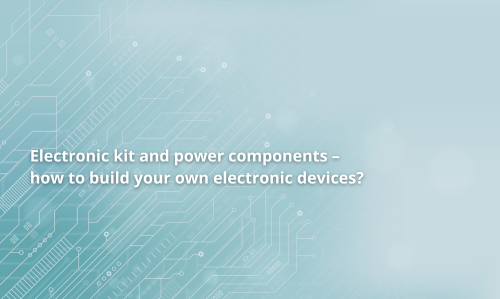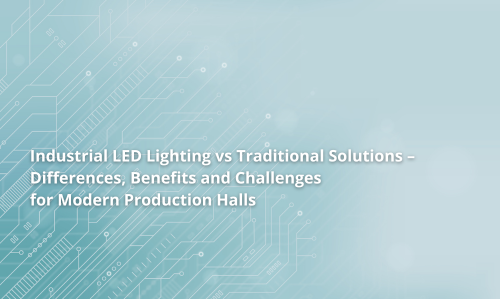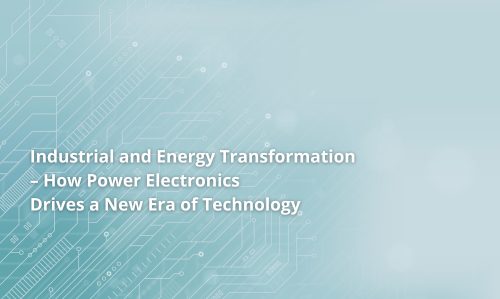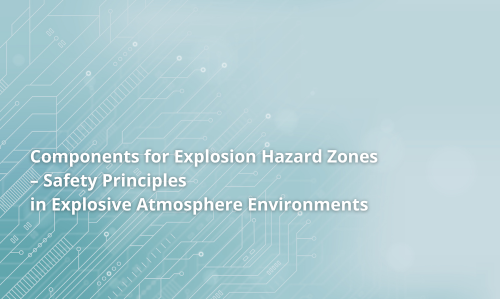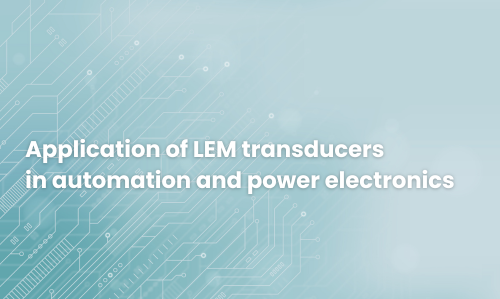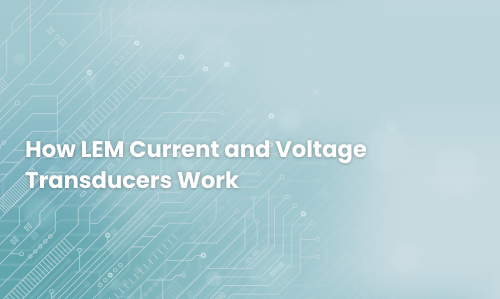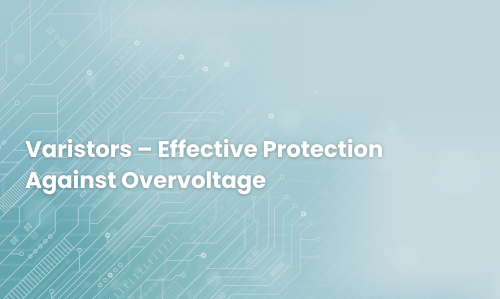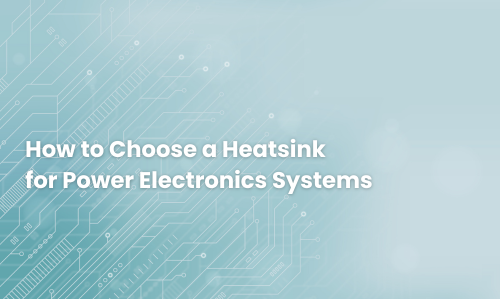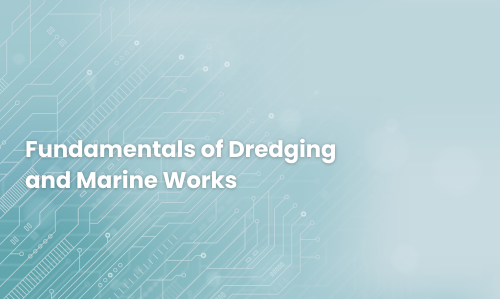The article presents the path from basic electronics to building more advanced devices, showing the role of educational kits, electronic components, and power modules. It explains how DIY kits develop practical skills and how properly selected power supplies, controllers, and power elements enable the creation of both hobby projects and solutions similar to industrial electronics.
Latest posts
-
Industrial LED Lighting vs Traditional – Differences, Benefits, and Challenges for Modern Production HallsRead more
The article presents the key differences between industrial LED lighting and traditional light sources such as sodium or mercury lamps. It discusses the main parameters affecting work in production halls – energy efficiency, lifespan, light quality, operating costs, and environmental aspects. It highlights the growing role of LED technology in the modernization of industrial facilities and indicates the benefits of its use, as well as situations in which traditional lamps can still be...
-
Industrial and Energy Transformation – How Power Electronics Drives a New Technological EraRead more
This article shows how power electronics has become a key driver of modern energy and industrial transformation. It describes its role in integrating renewable energy sources, energy storage and conversion, grid stabilization, and industrial process automation. The text presents both current applications of power electronics technologies and future development perspectives, emphasizing their importance for sustainable development, infrastructure digitalization, and Industry 4.0 implementation.
-
Components for Explosion Hazard Areas – Safety Rules in Explosive AtmospheresRead more
The article discusses safety rules in explosion hazard areas, explaining the classification of gas and dust zones, the principles of the ATEX directive, and the requirements for ex devices and components. Readers will learn how explosive atmospheres form, what the sources of ignition are, and what criteria devices must meet to ensure safe operation in such environments.
-
How to choose the right capacitor for power electronics systems?Read more
The article discusses the selection of capacitors in power electronics systems. It explains which parameters – such as capacitance, rated voltage, stability, ESR, and capacitor type – are important in practical applications. It also presents different types of capacitors (ceramic, electrolytic, film, tantalum) and their typical uses in power supplies, motor circuits, high-frequency circuits, and capacitor banks, emphasizing the importance of proper selection for system reliability and...
-
Application of Slip Rings in Industrial RoboticsRead more
The article presents the role of slip rings in modern industrial robotics. It explains what slip rings are, how they work, what materials they are made of, and in which types of robots they are used – from industrial and welding robots to medical and inspection robots. The text also discusses the benefits of using them, such as increased precision, reliability, and efficiency of robots, and highlights the prospects for automation development using such solutions.
-
Power Electronics – Shaping the Future of Industry and EnergyRead more
The article presents the key role of power electronics in modern industry and energy, highlighting its importance in improving energy efficiency, integrating renewable energy sources, and supporting the transition toward sustainable development. It discusses major applications, benefits, and innovative technologies that are shaping the future of energy infrastructure and industrial processes.
-
Application of LEM transducers in automation and power electronicsRead more
LEM current transducers – precise measurement in automation and power electronics. Learn how they work, their types, applications in DC and AC systems, and practical installation tips. Discover the benefits of high accuracy, reliability, and resistance to interference in industrial environments.
-
Bridge Rectifiers – Principle of Operation and Industrial ApplicationsRead more
The article describes bridge rectifiers – components that convert alternating current (AC) into direct current (DC). It explains their construction, principle of operation, types, and applications in electronics and industry, emphasizing the importance of selecting proper parameters, filtering, and cooling to ensure stable voltage and system reliability.
-
How LEM Current and Voltage Transducers WorkRead more
LEM current and voltage transducers are key components of modern industrial and energy systems. This article presents their operation, types, and applications, showing how precise measurement of current and voltage improves the safety, reliability, and energy efficiency of devices and networks.
-
Varistors – Effective Protection Against OvervoltageRead more
The article explains the function and applications of varistors in protecting electronic devices and electrical installations from overvoltage. It describes what varistors are, the types used, their key parameters, and how to correctly select and install them in TN-C, TN-S systems, power supplies, or surge protection strips. Readers will also learn best practices for using varistors to effectively protect electronics and enhance device reliability.
-
How to Choose a Heatsink for Power Electronics SystemsRead more
The article provides practical guidance on selecting heatsinks for power electronics systems. It covers the basics of design, material selection, heatsink construction, and the differences between passive and active cooling. It also includes information on thermal calculations, best design practices, and applications of heatsinks in power supplies, converters, inverters, and motor controllers.
-
Power Diodes – Types, Applications, and Technical ParametersRead more
Power diodes are essential components in modern electronics, used to control high currents and protect circuits. This article explores different types of power diodes, their applications in devices and LED lighting systems, and their key technical parameters. Understanding these diodes helps engineers design reliable and efficient electronic systems. From SMD and COB LEDs to traditional and Zener diodes, each type serves a specific purpose in various electronic applications.
-
Cooling of power devices – heat sinks, exchangers and air conditionersRead more
The article presents key cooling methods for power and electronic devices used in control cabinets and data centers. It explains passive, active, and liquid cooling, as well as the role of heatsinks, heat exchangers, and industrial air conditioners in ensuring reliable and efficient operation.
-
Guide to Rotary ConnectorsRead more
The article provides a comprehensive guide to rotary connectors, discussing their construction, key technical terms, and common issues such as misalignment. It explains the importance of proper selection, installation, and maintenance for optimal performance. It also compares connectors supported by carbon guides and ball bearings, highlighting their use in various operating conditions. The text emphasizes critical factors affecting seal wear, such as speed, pressure, and temperature, and the...
-
Slip Rings and Rotary Joints – ApplicationsRead more
Discover the applications of slip rings and rotary joints in aviation, defense, space, and industry. Learn how they ensure reliability and uninterrupted transmission of signals and power.
-
Fundamentals of Dredging and Marine WorksRead more
Learn the basics of dredging and marine works – find out how dredgers, umbilical hose winch systems, and swivel joints support port operations and coastal protection.
-
How does a wind turbine workRead more
This article provides comprehensive information about wind turbines – their structure, operation, types, efficiency, advantages, and disadvantages. It also describes the installation and maintenance process, the importance of slip rings in ensuring reliable operation, and the prospects for wind energy development as a key source of clean, renewable power.

